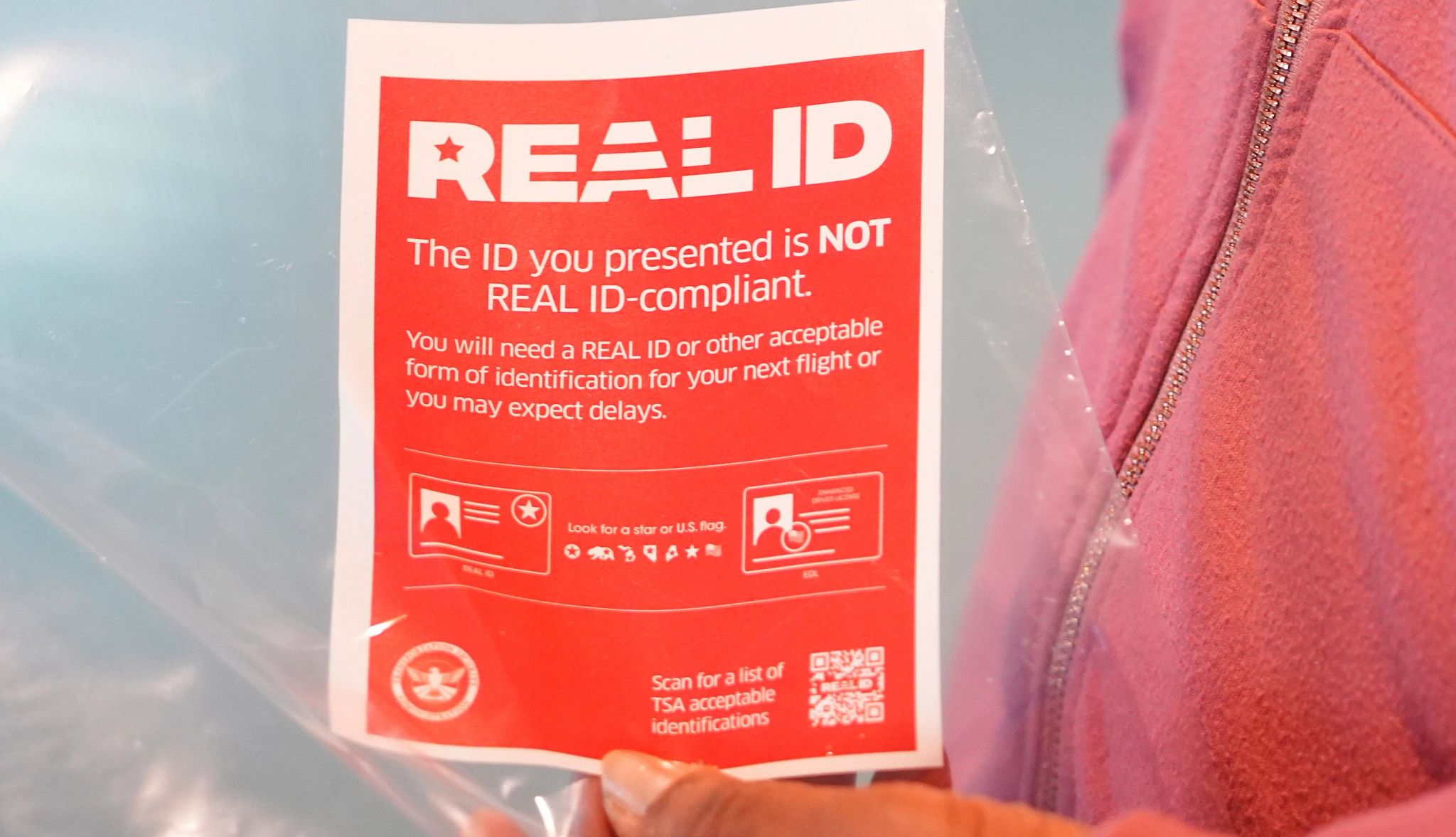AARP Hearing Center


Imagine losing something as basic as electricity or water because you can’t afford to pay.
That’s what could happen to millions of low-income American consumers on the verge of losing another must-have utility — high-speed internet — because of the imminent end of the federal government’s subsidized Affordable Connectivity Program (ACP).
Especially since the start of the pandemic, high-speed internet has become as essential as any other household utility, enabling consumers to connect to education, entertainment, health care and jobs that are integral to life today.
Nearly 4 in 5 of Americans agree or strongly agree that internet service is as important as water or electricity, according to an October Consumer Reports survey of more than 2,000 adults. But more than a quarter of the survey respondents say affording their monthly internet costs is somewhat or very difficult; 84 percent pay at least $50 a month for broadband access.
The question confronting many in the coming months: Once ACP is gone, how will I afford and find high-speed internet? Users can stick with plans they have through the ACP, but without the subsidy they’ll likely have to pay $30 or more a month.
Major internet providers offer discounted rates outside the ACP. What you’ll pay, at which speed and the potential for data caps is worth looking into.
Law’s money is running out
To enable consumers of all income levels to benefit from high-speed broadband, Congress passed the bipartisan Infrastructure Investment and Jobs Act in November 2021. It authorized $30-a-month subsidies to qualified households based on income and other factors. Those on tribal lands could receive a $75-a-month subsidy toward their internet bill.
Thanks to the law, many of the 22.5 million program participants effectively paid nothing for monthly internet speeds that could reach up to 100 megabits per second (Mbps). Others received access they would otherwise not be able to afford.
The ACP program is now on life support. The original $14.2 billion allocation for this program will be exhausted in late spring. As a result, Federal Communications Commission (FCC) program administrators stopped accepting new applications in February, and unless additional money is allocated, April will be the program’s last full month.
Stopgap legislation is still on the table
Government officials across the political spectrum have decried the situation. To attempt to keep the program going, a bipartisan group of senators and members of the House has introduced the Affordable Connectivity Program Extension Act of 2024.



































































More From AARP
If You’re Paying For Fast Wi-Fi, Make Sure You’re Getting It Inside Your Home
Here’s how you can make sure your Wi-Fi is giving you what you’re paying for.
High-Speed Internet Access Is Finally Coming to Rural America
Low-orbiting satellites and fixed wireless hold promise, but cost continues to be a barrier
Why You Should Connect Your Mobile Phone to Your Home's Wi-Fi
Cure your problems with weak signal strength, too few bars at the top of your screen
Recommended for You